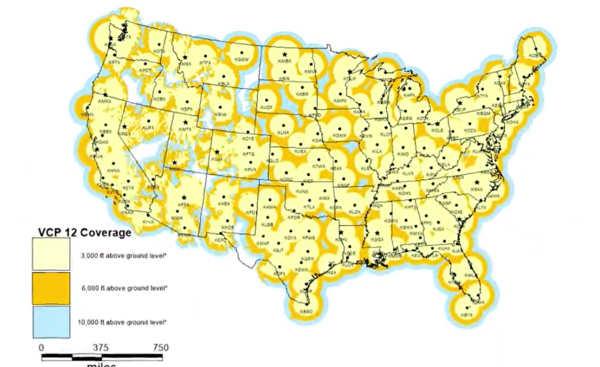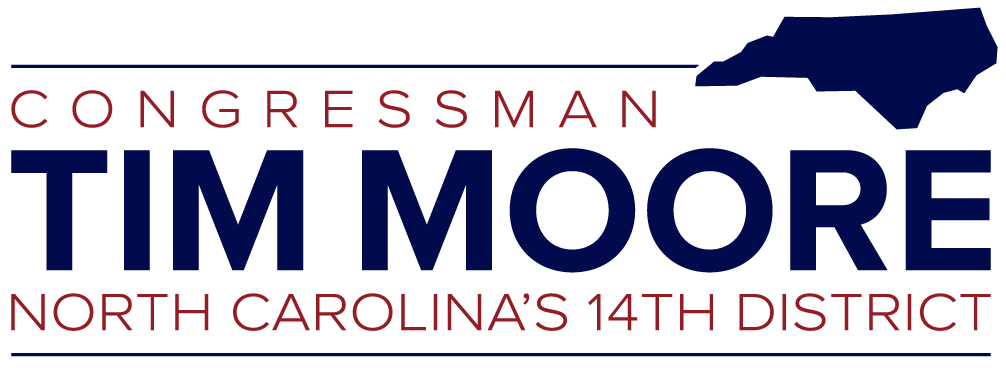Congressman Tim Moore Introduces Bipartisan Legislation to Close Charlotte-Area Weather Radar Gap and Modernize America’s Weather Forecasting System

WASHINGTON, D.C. — Today, Congressman Tim Moore (NC-14) introduced the Radar Gap Elimination Act, directing the National Weather Service to modernize America’s weather radar network and close dangerous coverage gaps in high-risk areas like Charlotte. This legislation is co-led with Congresswoman Deborah Ross (NC-02) and Congressman Pat Harrigan (NC-10).
“The devastation of Hurricane Helene showed us just how important accurate weather data is to saving lives and hardening communities to minimize damage from upcoming storms and natural disasters,” said Congressman Moore. “Charlotte is one of the most populated regions in the country without full radar coverage, creating a blind spot that puts families at risk and hampers emergency response. I’m proud to lead the Radar Gap Elimination Act to close these critical gaps by prioritizing new radar in underserved areas and transitioning to new technology that can better detect severe weather.”
Specifically, the Radar Gap Elimination Act directs the National Weather Service to replace aging NEXRAD radar infrastructure and prioritize the deployment of Phased Array Radar in locations that are more than 75 miles from existing radar coverage. These upgrades will allow meteorologists to detect severe weather closer to the ground, particularly in areas where traditional radar fails to capture low-level storm activity.
“Especially in the wake of Hurricane Helene, it’s clear that we need reliable, real-time weather data to keep North Carolinians safe,” said Congresswoman Ross. “Every second counts when severe weather strikes, and this legislation will close the dangerous radar gap in our state and modernize our radar systems, ensuring our communities aren’t left in the dark when extreme weather hits.”
“Closing dangerous radar gaps is essential to keeping families and communities safe, particularly in rapidly growing areas like Charlotte,” said Congressman Harrigan. “As a co-lead of this bipartisan effort, I'm proud we're taking action to ensure meteorologists have cutting-edge tools to issue accurate warnings before severe weather strikes. Modernizing our radar system isn't just smart policy—it's a lifesaving investment that's long overdue.”
Read the full text of the bill here.
Key Background:
The National Weather Service (NWS) developed and deployed the Next-Generation Radar (NEXRAD) system around the country in the 1980s and 1990s to monitor weather. Eventually, 160 NEXRAD stations were built nationwide, with priority being given to coastal areas, areas near military bases, and large cities. The last remaining spare NEXRAD weather radar was installed in 2011 on the coast of Washington, and installing new NEXRAD stations would require restarting the production line, which would be enormously expensive. Currently, the NWS is evaluating what new radar system could replace NEXRAD nationwide. The likely successor system is Phased Array Radar (PAR), and current plans estimate the first PAR stations could be built at the end of this decade.
Given the curvature of the earth, the further away a location is from a NEXRAD station, the less the NEXRAD is able to “see.” Extreme weather events like flash flood-causing storms and F0 and F1 tornadoes often occur at lower altitudes, where it is difficult for a distant NEXRAD station to monitor. When these events occur in an area far from a NEXRAD station, warnings can be delayed, which can increase the chances of significant property damage or loss of life.
The Charlotte area is one of the most heavily populated areas in the country located in a radar gap. This poses a problem for meteorologists trying to provide accurate and up-to-the-minute forecasts, especially during severe weather events. Deploying the next generation of radar and closing the radar coverage gaps will save lives by making sure forecasters can see in real-time what is happening closer to the ground so they can pass along warnings to residents before extreme weather events happen, not after.
